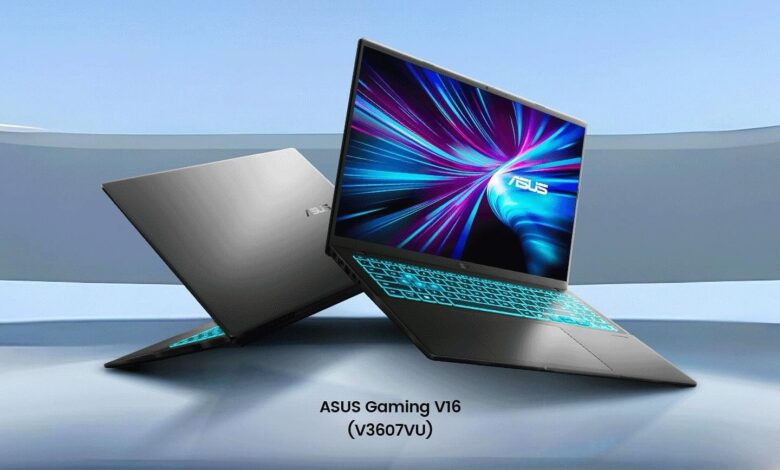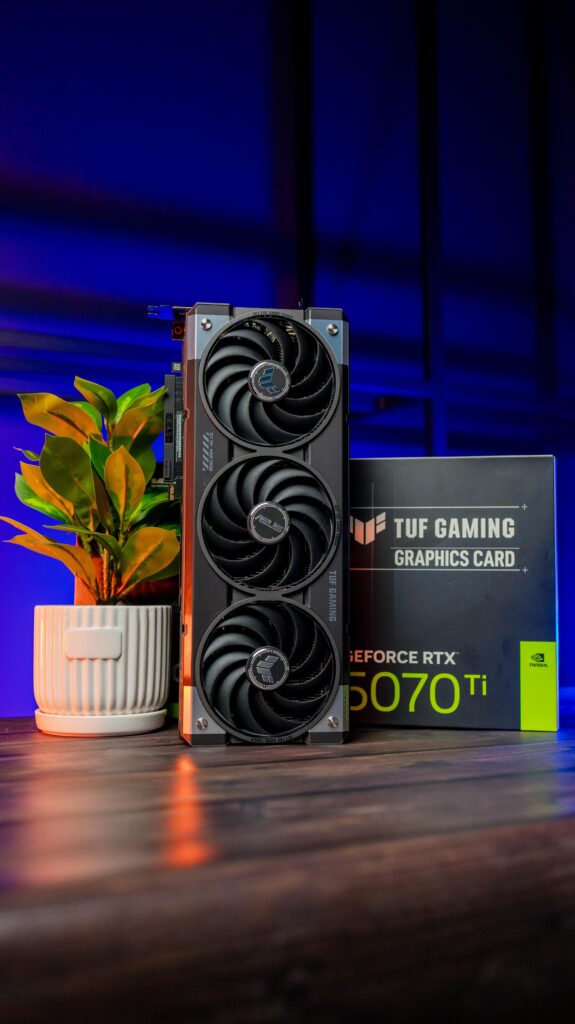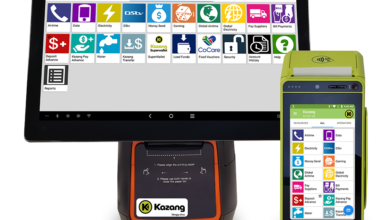Asus: From Humble Beginnings to a Global Tech Powerhouse

Asus: From Humble Beginnings to a Global Tech Powerhouse. Asus has grown from a small startup to one of the most recognizable and respected computer brands in the world. Known for its innovation, reliability, and affordability, the company has successfully positioned itself as a leader in the tech industry. But Asus’s rise to prominence wasn’t just about making great computers—it was a journey fueled by strategic decision-making, relentless innovation, and an ability to adapt to changing market dynamics. This article explores the brand’s key milestones, challenges, and growth strategies that turned Asus into a dominant force in the global PC market.
The Early Years: A Modest Beginning with Big Ambitions
Asus was founded in 1989 in Taiwan by a group of former Acer engineers who saw an opportunity to create high-quality motherboards. At the time, Taiwan’s tech industry was still emerging, and Asus had to work hard to establish itself. The company’s first major breakthrough came when it developed a motherboard prototype for Intel’s 486 processor before Intel had finalized its own. This move showcased Asus’s engineering prowess and gained the company credibility in the industry.
Key Lessons:
- Identify industry gaps and leverage technical expertise to create superior products.
- Being proactive in innovation can help smaller companies gain recognition in competitive markets.

Establishing Itself in the Global Market
By the late 1990s, Asus expanded its product line beyond motherboards to include graphics cards, laptops, and other hardware components. The company’s focus on high-performance yet affordable products quickly earned it a reputation among tech enthusiasts and gamers.
Key strategies that fueled this growth included:
- OEM Partnerships – Asus became a key supplier for major PC brands, which helped it gain revenue and industry experience.
- Investment in R&D – A commitment to innovation enabled the company to stay ahead of competitors.
- Quality Manufacturing – Unlike many competitors, Asus controlled its own manufacturing, ensuring high product reliability.
The Turning Point: Becoming a Consumer Brand
In the early 2000s, Asus shifted from being an OEM manufacturer to establishing itself as a direct-to-consumer brand. This move was pivotal, allowing Asus to increase brand awareness and profit margins.
A major milestone was the launch of the Eee PC in 2007, which helped pioneer the netbook category. The Eee PC was compact, affordable, and easy to use, making it an instant success. This product positioned Asus as a mainstream brand capable of catering to a broad audience.
Key Takeaways:
- Moving from OEM to direct-to-consumer branding can be a game-changer.
- Identifying market trends early (e.g., netbooks) can provide a competitive edge.
- Affordable yet high-quality products can quickly capture consumer interest.

Innovation and Gaming: The Rise of ROG
In the 2010s, Asus capitalized on the booming gaming industry by launching the Republic of Gamers (ROG) brand, a line of high-performance gaming hardware. ROG became a favorite among esports professionals and gaming enthusiasts due to its cutting-edge technology and stylish designs.
Key success factors of ROG:
- Premium Branding – ROG positioned itself as a high-end gaming brand, competing with the likes of Alienware and Razer.
- Esports Sponsorships – Collaborations with esports teams and events boosted brand visibility.
- High-Performance Products – Innovations like high-refresh-rate displays and advanced cooling systems set ROG apart from competitors.
Overcoming Challenges: Competition and Market Shifts
Asus faced significant competition from brands like Dell, HP, and Lenovo. Additionally, the decline of netbooks and the rise of mobile computing forced the company to rethink its strategy.
How Asus Adapted:
- Expanding into Premium Laptops – The ZenBook series was introduced to compete with Apple’s MacBook.
- Diversification into Mobile and AI – Asus entered the smartphone market and explored AI-powered devices.
- Enhancing Customer Service – Improving after-sales support helped boost brand trust.

Lessons for Entrepreneurs
Asus’s journey offers several insights for aspiring entrepreneurs:
- Start with a Strong Foundation – Mastering a niche (like motherboards) can provide the expertise needed to expand.
- Innovate Proactively – Creating new product categories (e.g., netbooks, gaming laptops) can drive growth.
- Branding Matters – Moving from an OEM to a direct-to-consumer brand increases recognition and loyalty.
- Adapt to Market Changes – Shifting strategies to accommodate trends ensures long-term success.
- Control Your Supply Chain – Managing production in-house improves quality and reduces reliance on third parties.
Conclusion: The Future of Asus
Asus’s transformation from a motherboard supplier to a global tech giant showcases the power of innovation, strategic branding, and resilience. With a strong presence in gaming, AI, and high-end computing, the company continues to push boundaries. For entrepreneurs, Asus serves as a blueprint for how adaptability and a commitment to excellence can turn a small startup into an industry leader.




